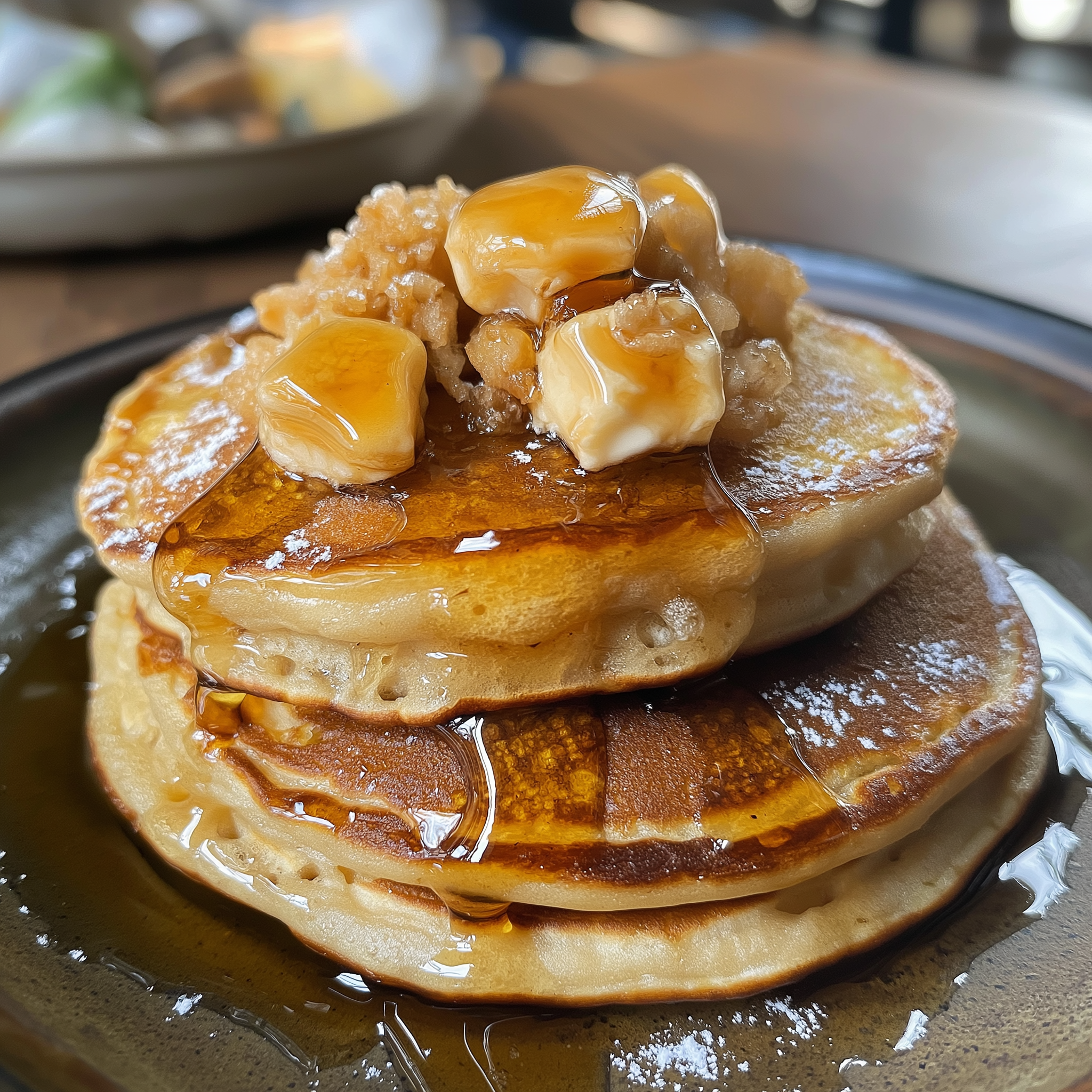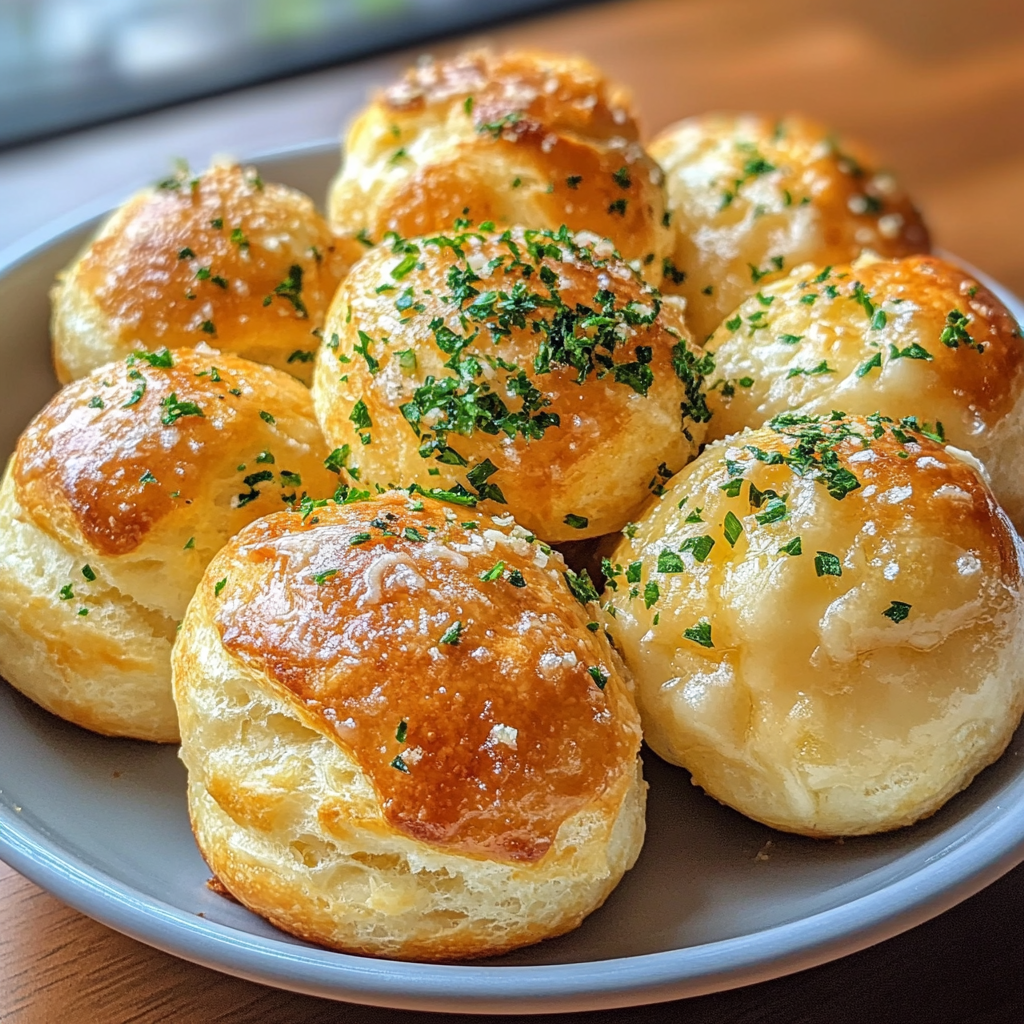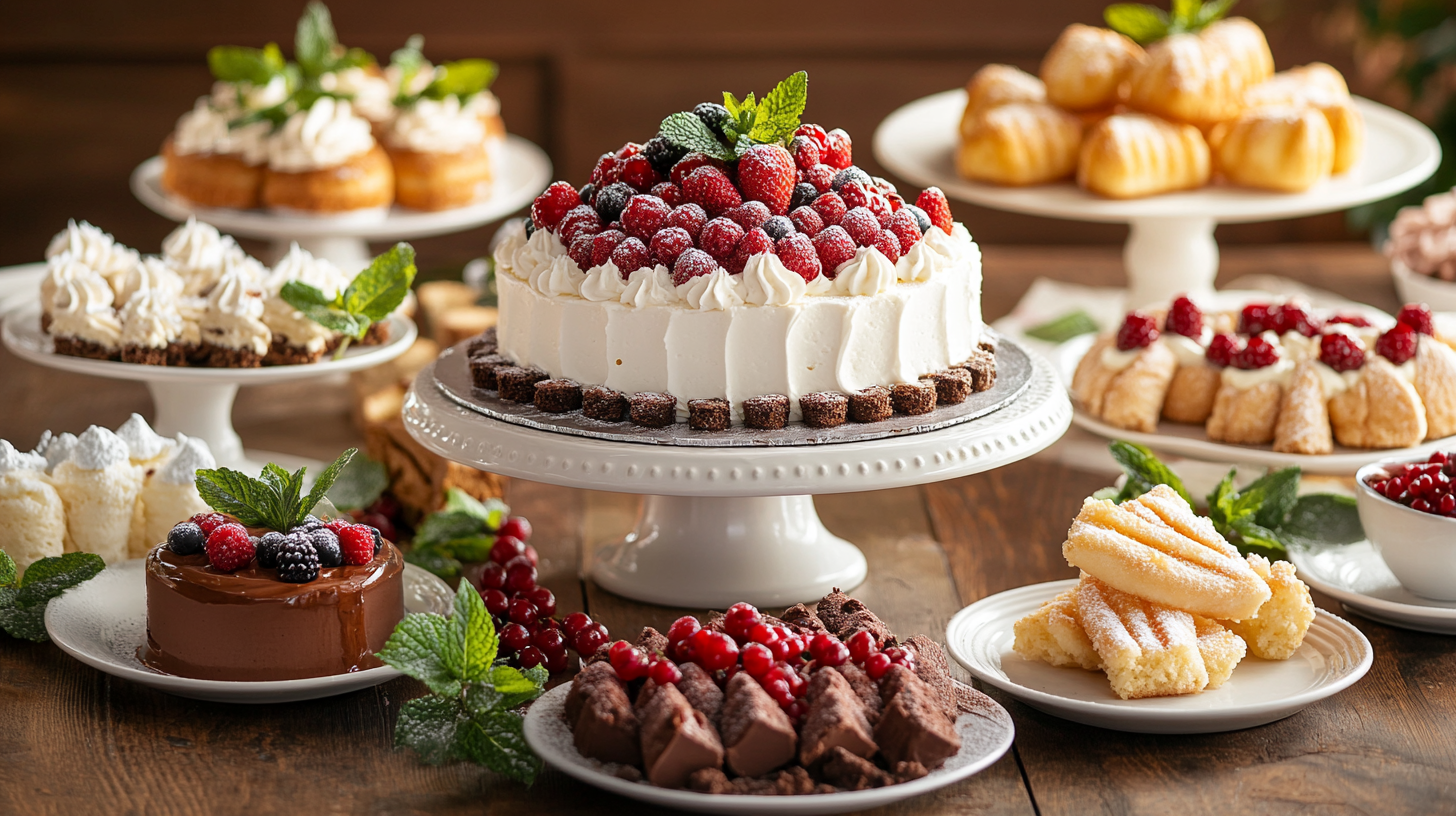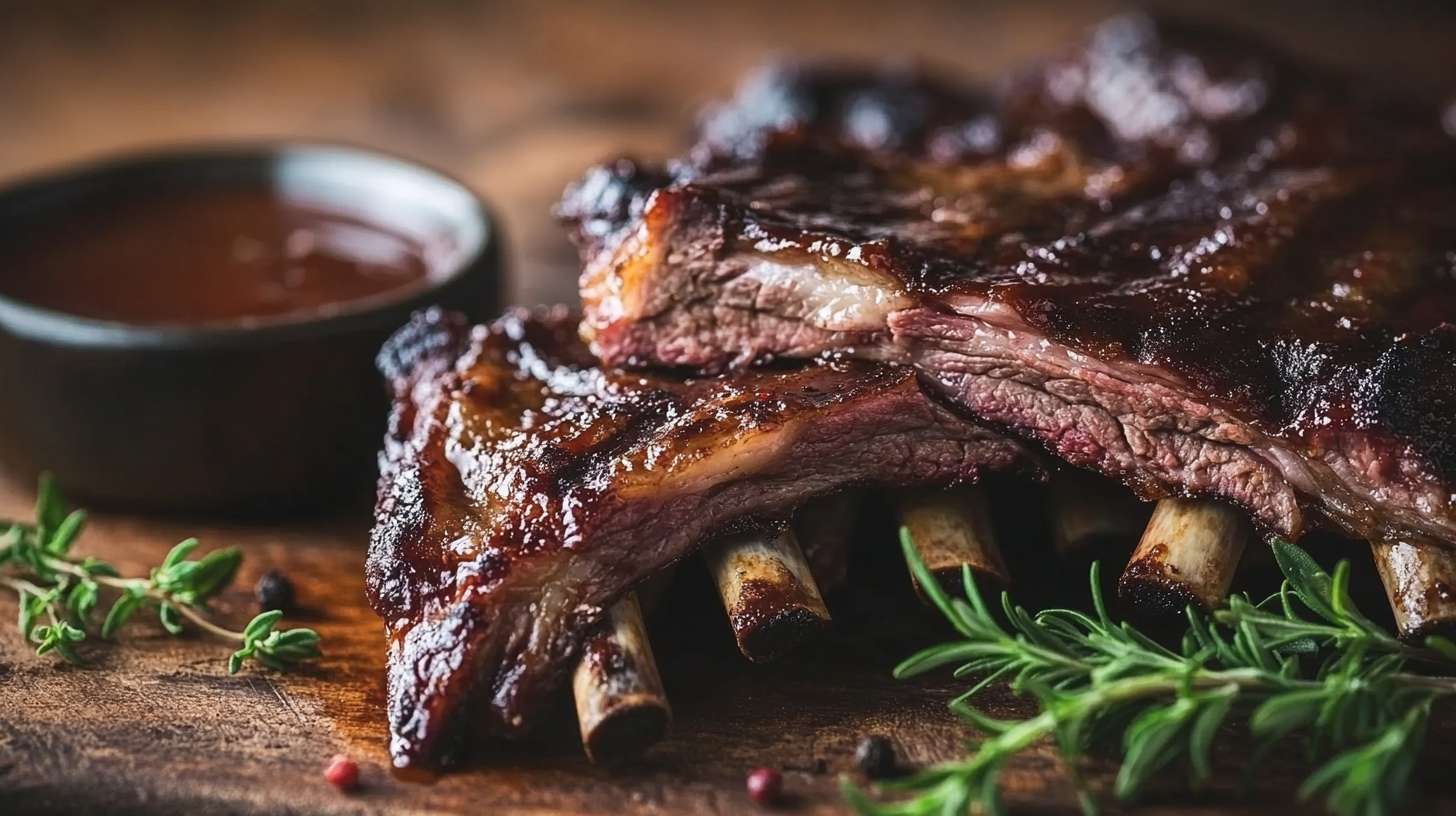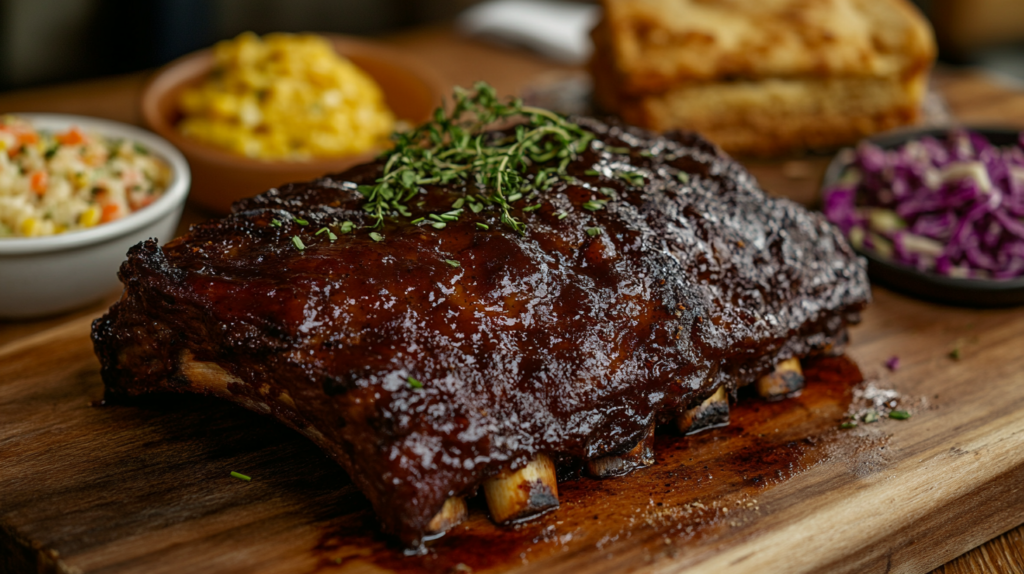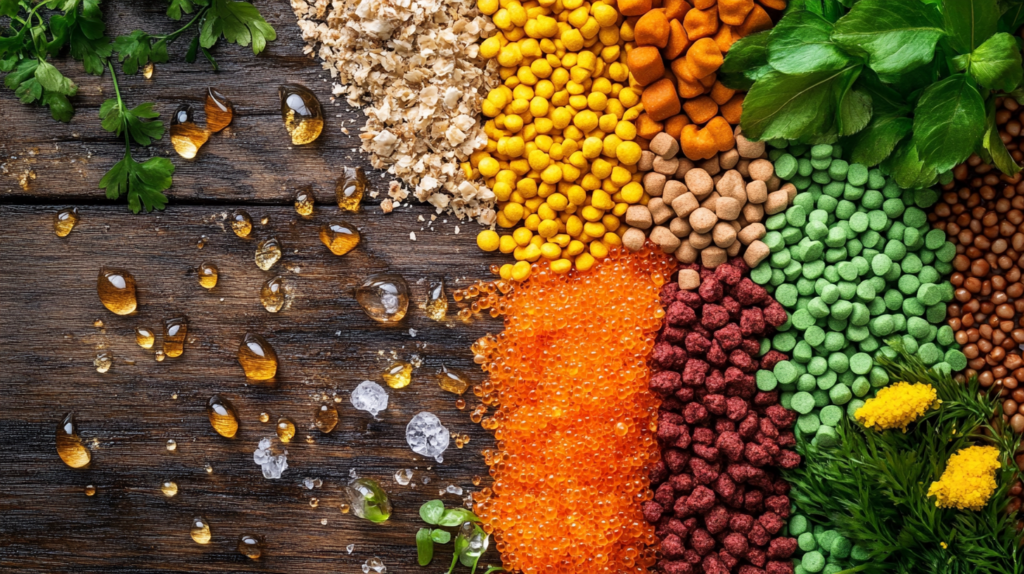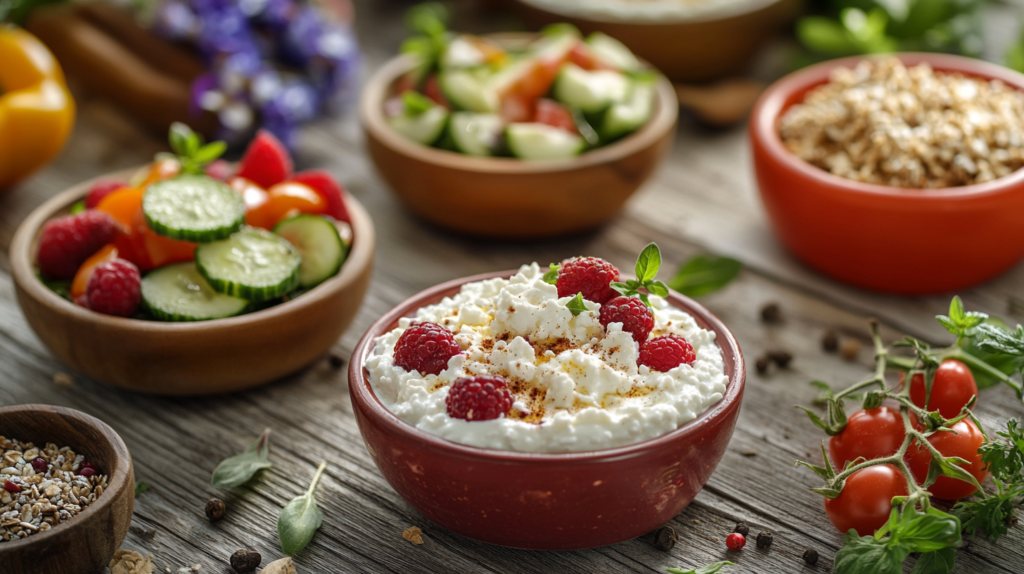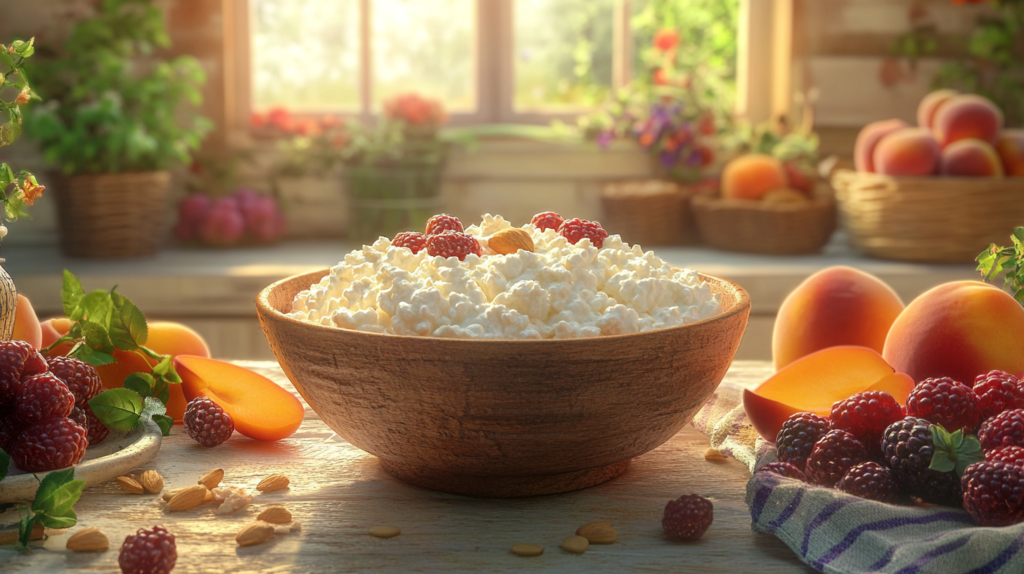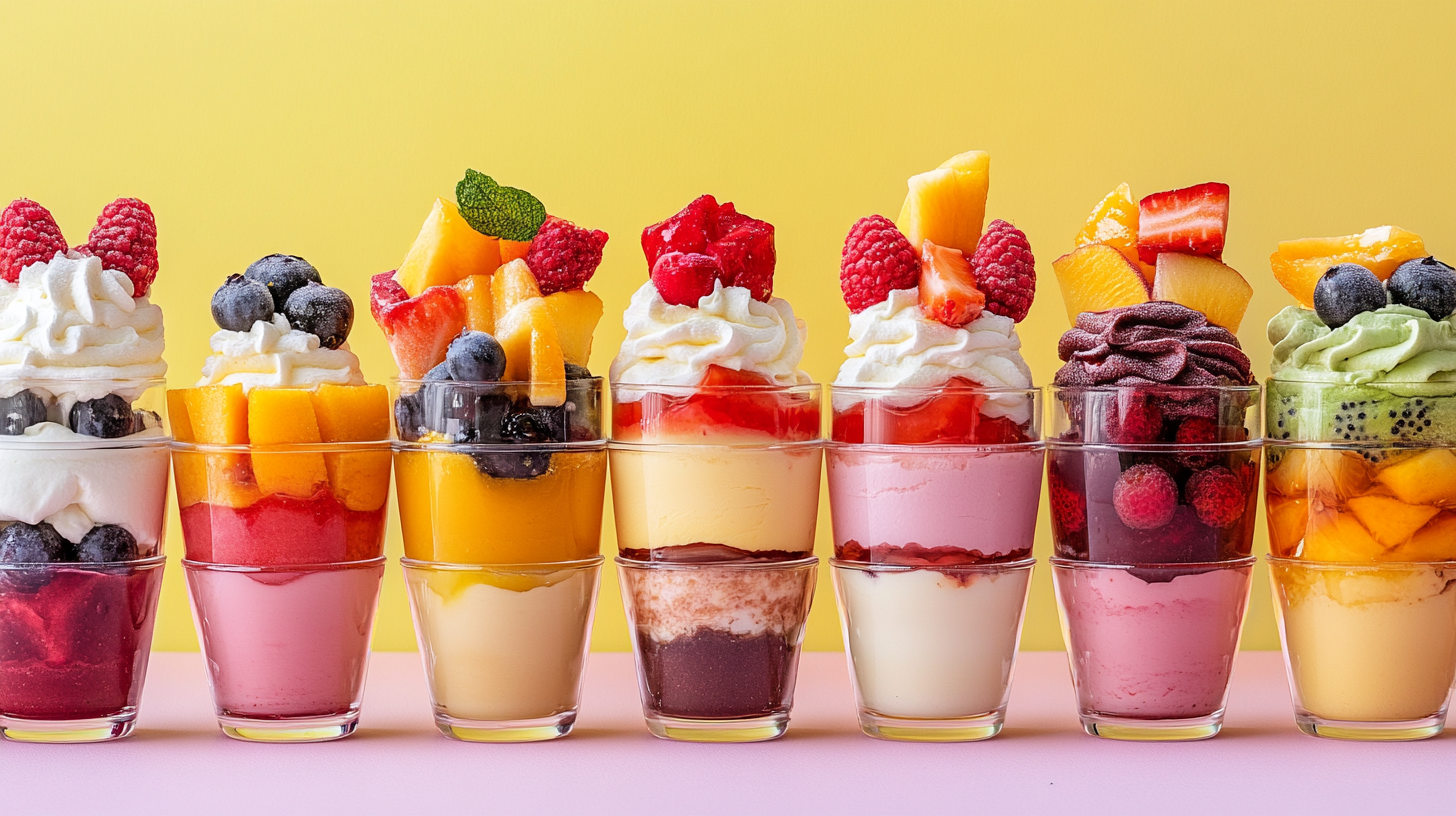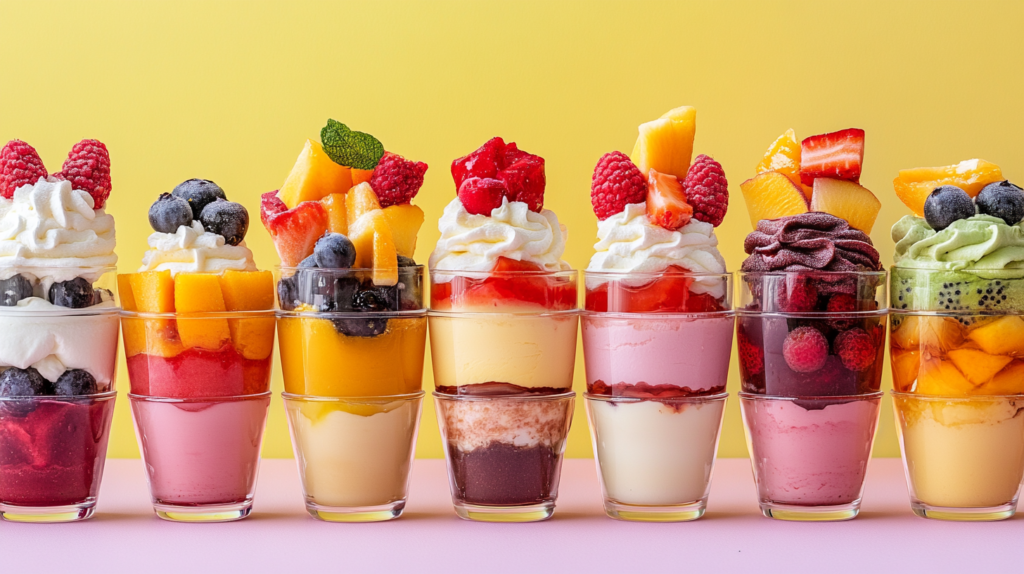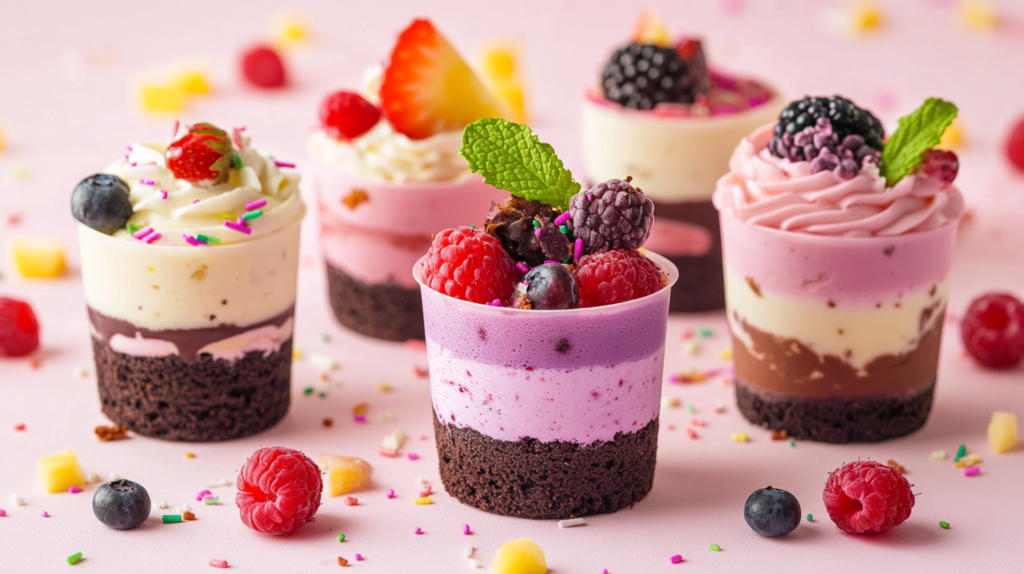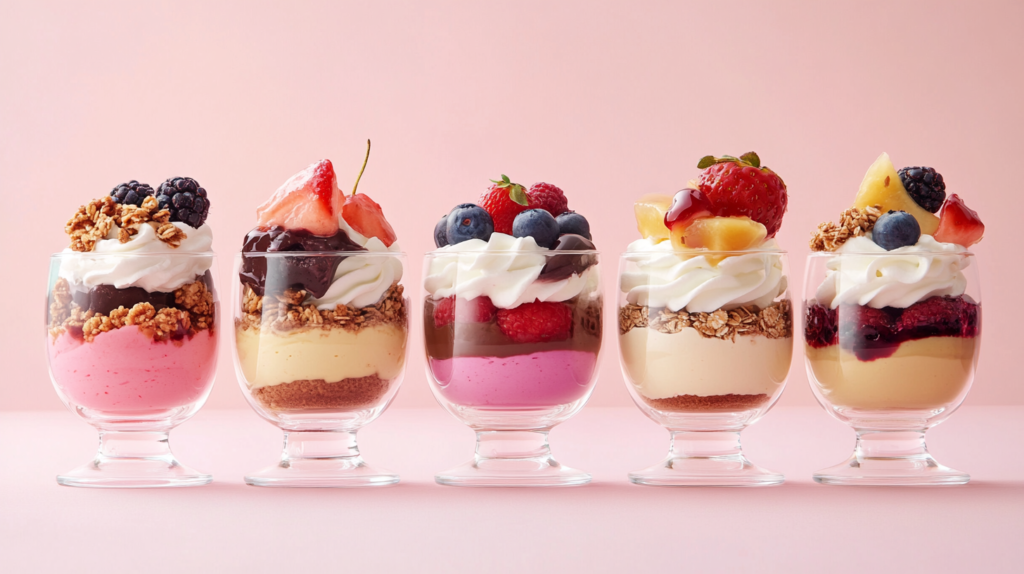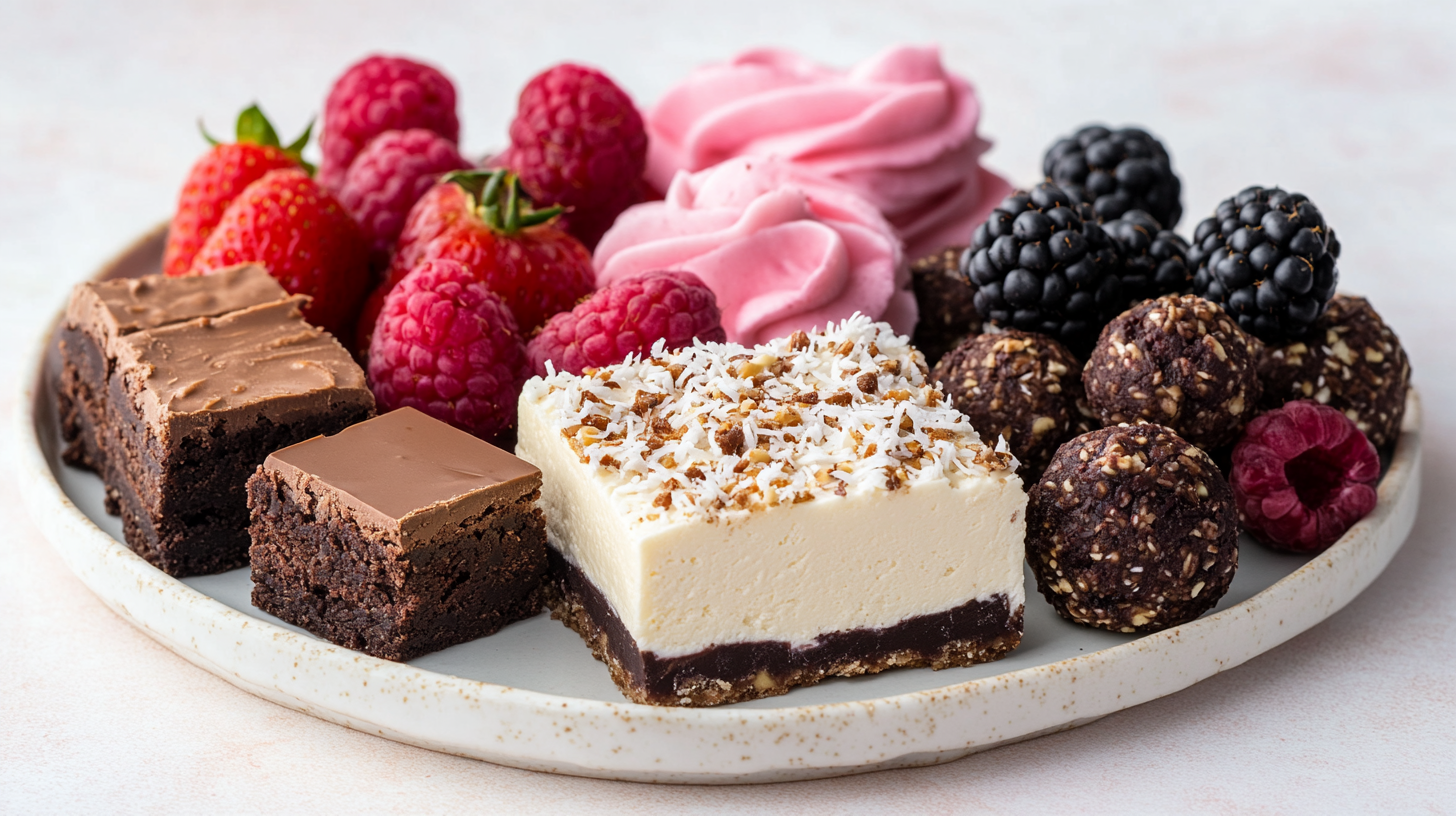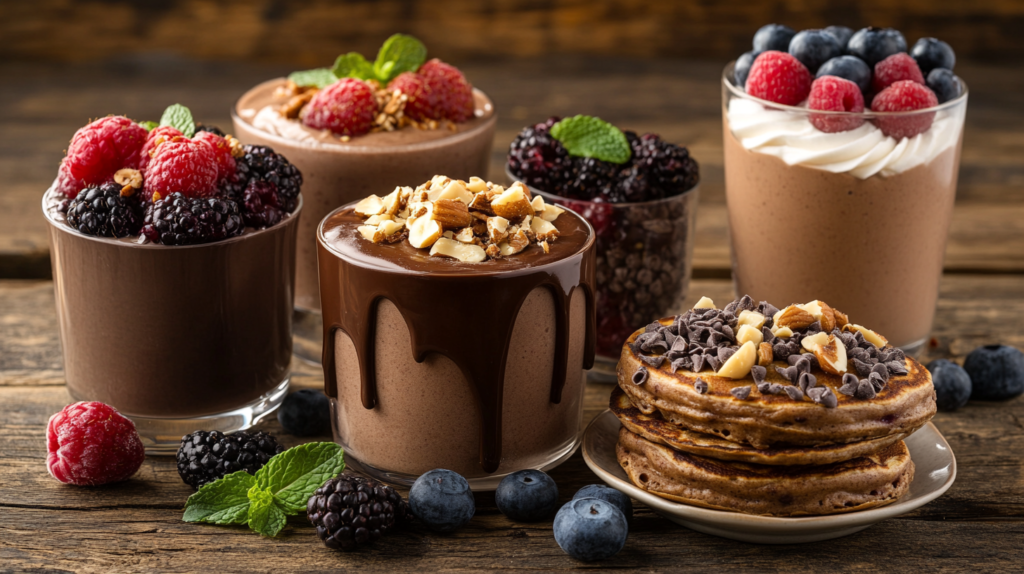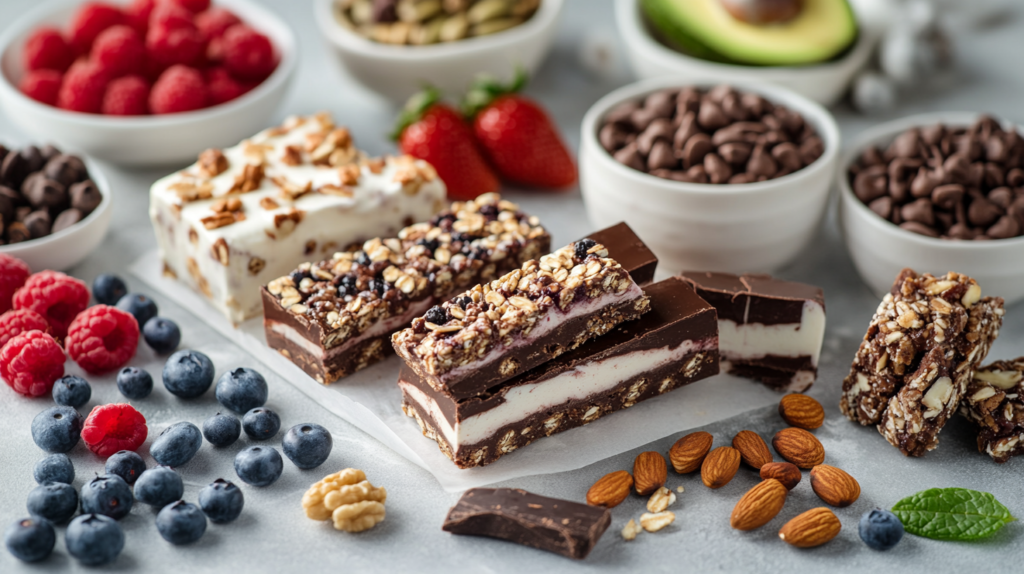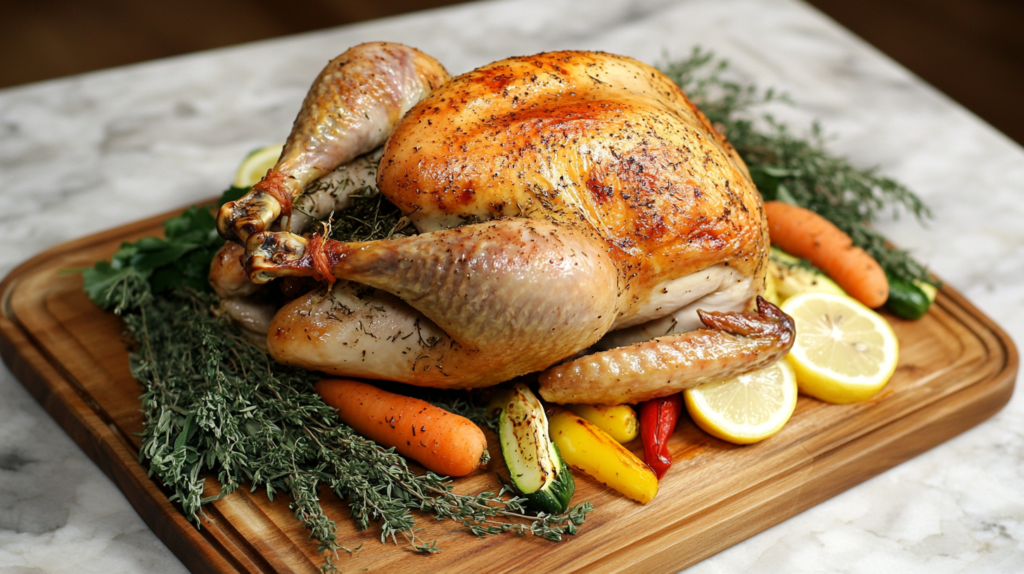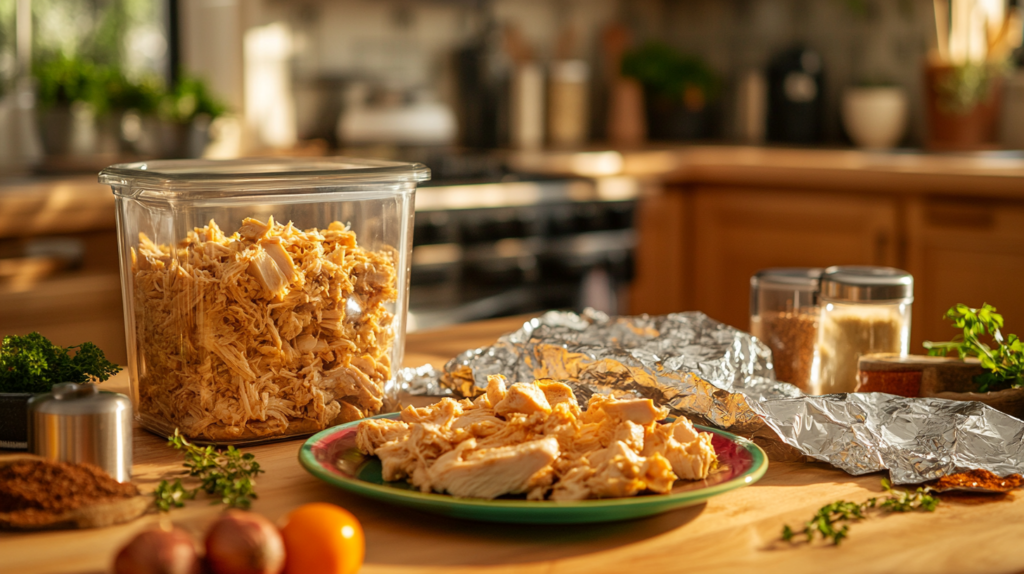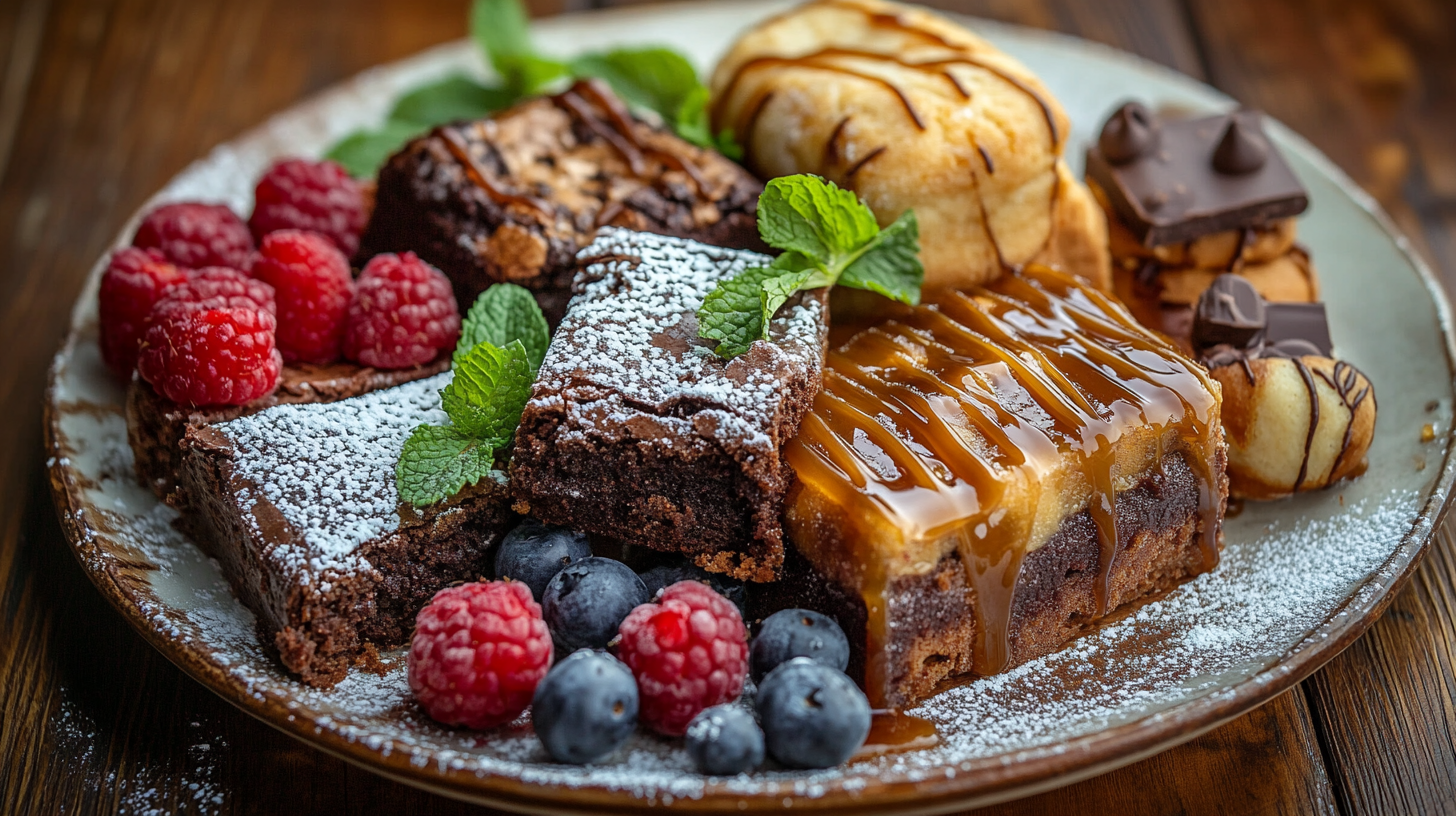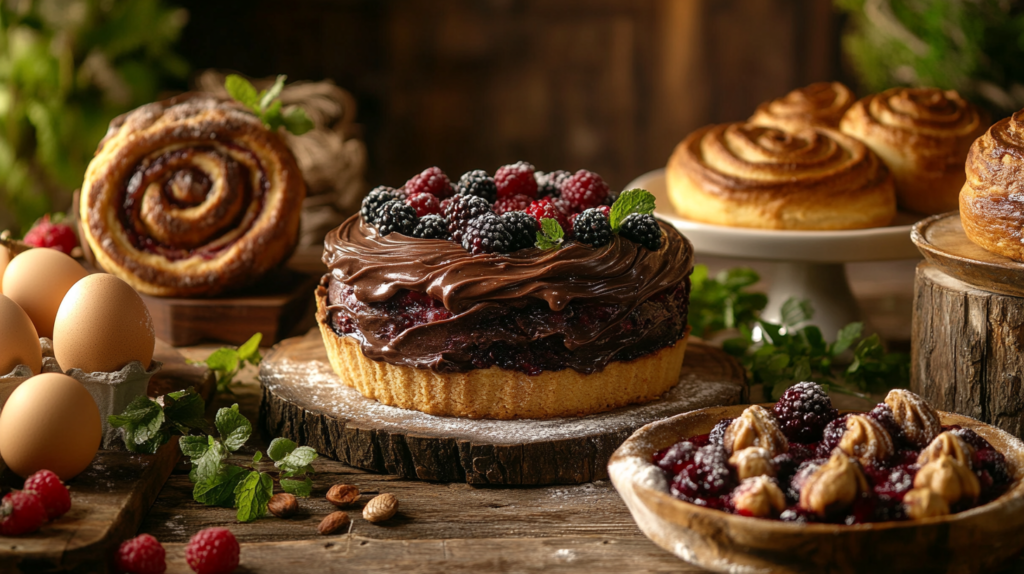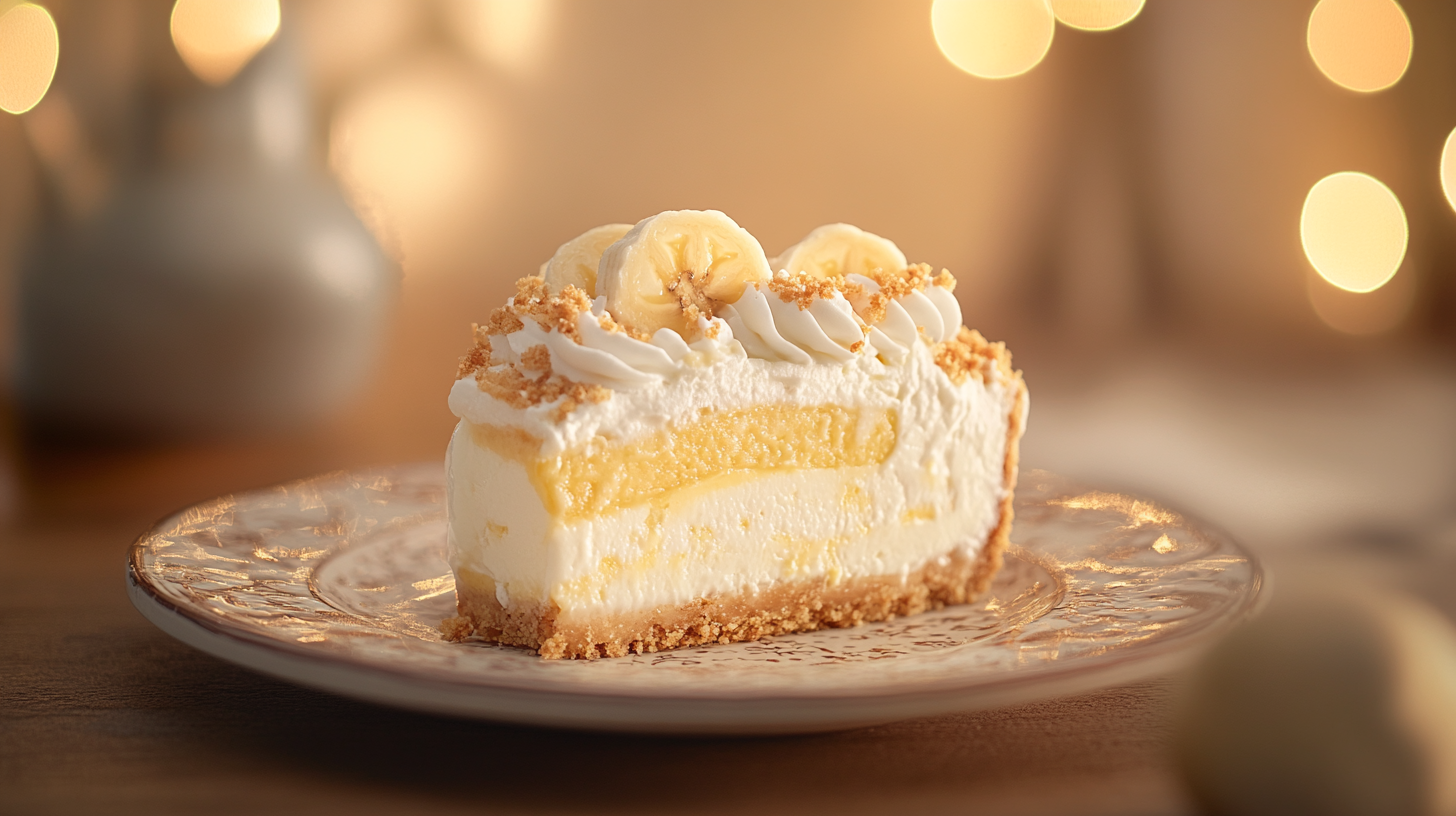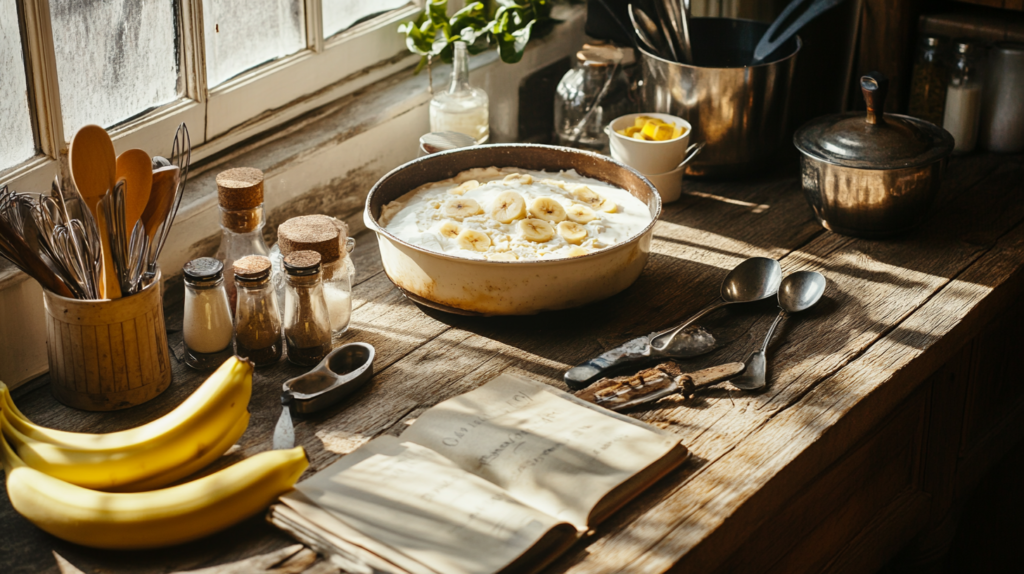What makes olive garden desserts so irresistible? They transport us to Italy with every bite. From classic favorites to modern twists, they offer a world of sweet treats.
Imagine enjoying a decadent dessert in a warm, inviting place. That’s what olive garden desserts are all about. They provide an unforgettable experience with their wide variety of sweet treats.
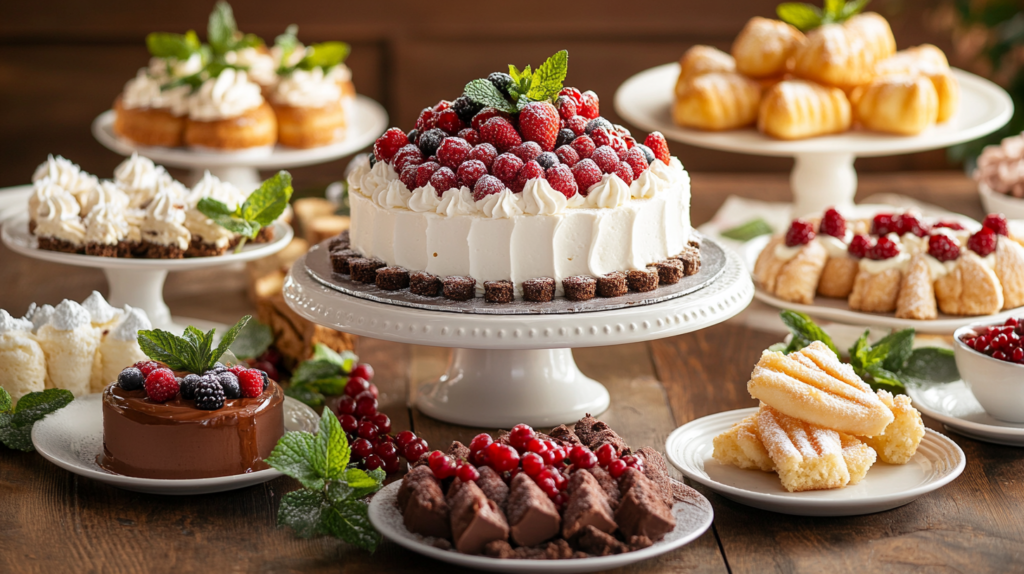
Olive garden desserts are made with authentic italian flavors. They are the perfect way to end a meal or satisfy your sweet cravings. They offer a range of italian desserts and sweet treats that are sure to delight.
Key Takeaways
- Olive garden desserts offer a wide variety of sweet treats that are sure to satisfy any sweet tooth.
- Their italian desserts are made with authentic italian flavors and a passion for creating indulgent sweets.
- From classic favorites to modern twists, olive garden desserts have something for everyone.
- Their desserts are the perfect way to cap off a meal or satisfy your sweet cravings.
- Olive garden desserts provide an unforgettable experience with their wide variety of sweet treats and inviting atmosphere.
The Sweet Legacy of Olive Garden Desserts
Olive Garden’s dessert menu celebrates the rich history of italian desserts. It offers a variety of indulgent sweets for every taste. From traditional tiramisu to creamy gelato, it’s a love letter to those with a sweet tooth. To explore italian desserts, visit delicious recipes and discover Olive Garden’s secrets.
The story of Olive Garden’s desserts starts with their italian heritage. They focus on quality ingredients and authentic flavors. Indulgent sweets like tiramisu and chocolate lasagna are made with love. They use the finest ingredients for an explosion of flavors in every bite.
Italian Dessert Heritage
Italian desserts are simple yet elegant, often with just a few high-quality ingredients. Olive Garden’s menu stays true to this, with dishes like zeppoli and gelato. Whether you prefer something classic or modern, there’s something for everyone.
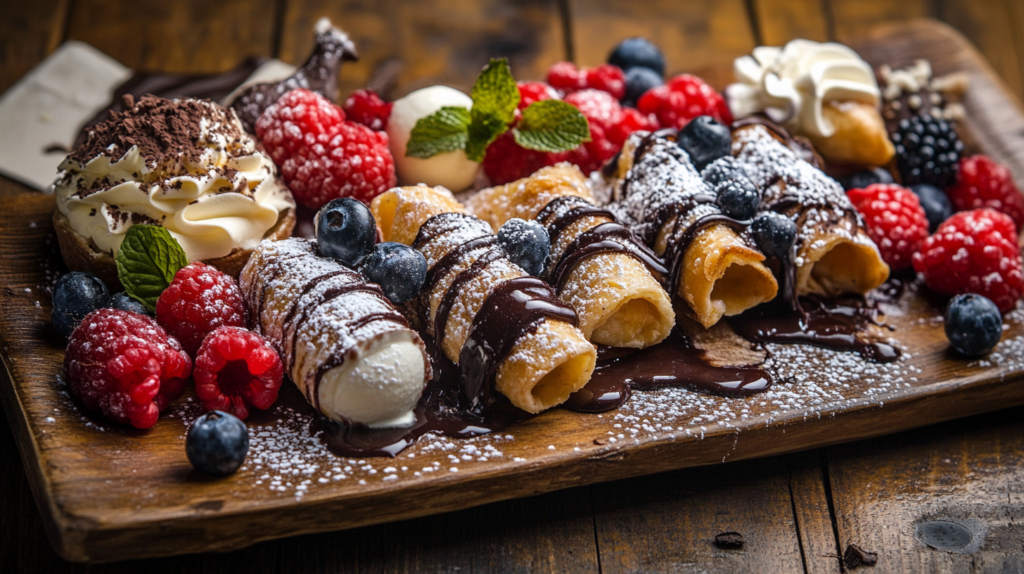
How Olive Garden Adapts Traditional Recipes
Olive Garden’s chefs adapt traditional italian dessert recipes for today’s tastes. They use fresh, high-quality ingredients to create indulgent sweets. From creamy gelato to rich tiramisu, every dessert is a masterpiece.
The Restaurant’s Dessert Philosophy
Olive Garden’s dessert philosophy is about quality and authenticity. Their chefs are passionate about creating desserts that are delicious and visually stunning. They focus on using the finest ingredients and traditional techniques. This menu is a true reflection of their dedication to providing an unforgettable dining experience. Whether you’re in the mood for something classic or modern, there’s a variety of indulgent sweets to choose from.
Signature Tiramisu: The Crown Jewel of Italian Desserts
Olive Garden’s tiramisu is a true Italian dessert masterpiece. It has layers of coffee-soaked ladyfingers, creamy mascarpone, and cocoa powder. This combination will make you want more.
The heart of Olive Garden’s tiramisu is a traditional Italian recipe. It’s been perfected over time. The ladyfingers soak in a rich coffee mixture, giving it a deep flavor. The creamy mascarpone cheese balances it, and the cocoa powder adds a nice crunch.
Some key features of Olive Garden’s tiramisu include:
- High-quality ladyfingers, soaked in a rich coffee mixture
- Creamy mascarpone cheese, providing a smooth and velvety texture
- A sprinkle of cocoa powder, adding a nice textural element
If you love Italian desserts or want to try something new, Olive Garden’s tiramisu is a must-try. It’s the perfect way to end a meal. So, why not indulge in a slice (or two) of this delicious tiramisu?
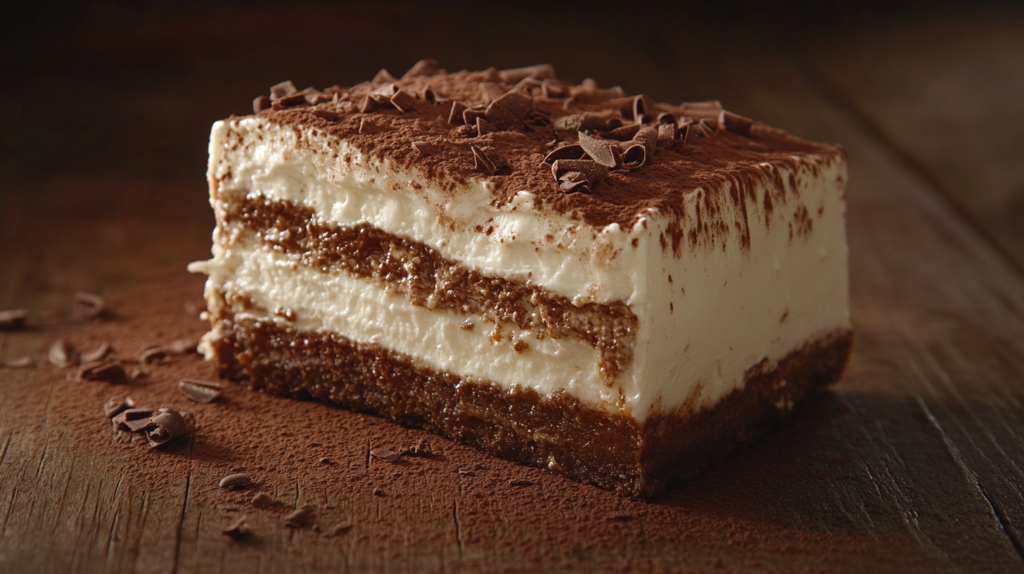
Olive Garden desserts, including their signature tiramisu, are the perfect way to end a meal. They offer a wide range of Italian desserts. So, why not visit Olive Garden today and try a slice of their famous tiramisu?
| Dessert | Description | Price |
|---|---|---|
| Tiramisu | Layers of coffee-soaked ladyfingers, creamy mascarpone, and cocoa powder | $8.99 |
| Italian Gelato | A selection of creamy gelato flavors, including hazelnut and pistachio | $7.99 |
| Zeppoli | Fried dough balls dusted with powdered sugar, served with a side of chocolate sauce | $6.99 |
Decadent Chocolate Lasagna: A Modern Classic
Olive Garden’s dessert menu has a special treat that many love: the chocolate lasagna. It’s a new take on Italian desserts, with chocolate cake, creamy filling, and chocolate sauce. This mix makes for a rich, satisfying dessert.
The chocolate lasagna stands out with its unique taste and texture. The chocolate cake base is solid, while the creamy filling is smooth. The chocolate sauce ties it all together, making it a decadent treat.
Layers of Chocolate Excellence
The chocolate lasagna shows the power of layering. The chocolate cake is the base, with creamy filling adding sweetness. The chocolate sauce brings a deep flavor, balancing everything.
What Makes It Special
So, what’s special about the chocolate lasagna? It’s the mix of textures and flavors that’s unique. High-quality chocolate and creamy filling make every bite a delight. It’s perfect for those who love Italian desserts or want to try something new.
The chocolate lasagna is a must-try for those who love sweets. It’s a mix of textures and flavors that’s hard to resist. You can find it on Olive Garden’s dessert menu, along with tiramisu and gelato.
| Dessert | Price | Description |
|---|---|---|
| Chocolate Lasagna | $8.99 | Layers of chocolate cake, creamy filling, and rich chocolate sauce |
| Tiramisu | $7.99 | Coffee-soaked ladyfingers layered with mascarpone cheese |
| Gelato | $6.99 | Italian-style ice cream available in a variety of flavors |
Creamy Italian Gelato Selections
Olive Garden’s gelato is a refreshing treat after any meal. It has a denser, creamier texture than ice cream. This is because it has less air and more milk and cream.
Popular flavors include stracciatella, pistachio, and tiramisu. These italian desserts use top-notch ingredients. They’re made to highlight the rich flavors gelato is known for.
Here are some reasons why you should try Olive Garden’s gelato:
- Unique and authentic Italian flavors
- Creamy texture and intense flavors
- Lighter alternative to traditional desserts
- Perfect for warm weather or any time of the year
Gelato is a fantastic way to end a meal at Olive Garden. It’s rich and creamy. So, why not try it and see why gelato is loved worldwide? Enjoy it as a sweet treat anytime.
At Olive Garden, you can try many gelato flavors. Each one is made to give you a special and tasty experience. So, go ahead and treat yourself. Discover why gelato is a favorite italian dessert globally.
| Flavor | Description |
|---|---|
| Stracciatella | A classic Italian flavor with chocolate chips |
| Pistachio | A creamy and nutty flavor perfect for pistachio lovers |
| Tiramisu | A unique and decadent flavor inspired by the popular Italian dessert |
Fresh-Made Zeppoli: Italian Doughnut Delights
Try the sweet treats at Olive Garden, like zeppoli. These Italian doughnuts are made fresh, offering a cozy experience. With many flavors and toppings, zeppoli are a must-try.
Zeppoli come with powdered sugar, but you can also get them with cinnamon sugar or chocolate sauce. Enjoying them with coffee or other Italian desserts is unforgettable. Zeppoli are perfect for satisfying your Italian dessert cravings.
Traditional Preparation Methods
Making zeppoli involves frying the dough in hot oil. This makes them crispy on the outside and soft inside. It’s what makes zeppoli special in the world of Italian desserts.
Available Flavors and Toppings
Zeppoli come in many flavors and toppings:
- Powdered sugar
- Cinnamon sugar
- Chocolate sauce
- Fresh fruit
Best Ways to Enjoy
Pair zeppoli with coffee or other Italian desserts for the best experience. This combo will make you crave more. Zeppoli’s fresh quality and variety make them a highlight of Olive Garden desserts.
Seasonal Dessert Specialties at Olive Garden
Olive Garden’s dessert menu is full of sweet treats that change with the seasons. They use fresh, seasonal ingredients for every dessert. This makes every visit a chance to try something new and exciting.
In the past, they’ve had pumpkin cheesecake in the fall and berry-inspired treats in the summer. These desserts add a fun element to your meal. They make you want to come back and see what’s new.
Here are some reasons to look forward to Olive Garden’s seasonal desserts:
- Unique flavor combinations with fresh ingredients
- Limited-time desserts that create excitement
- A menu that always changes, keeping things interesting
Whether you like classic or adventurous desserts, Olive Garden has something for you. So, stop by and check out the new desserts. Your taste buds will love it!
Dietary-Friendly Sweet Options
Olive Garden’s dessert menu has many sweet treats for all tastes and dietary needs. They make sure their gluten-free desserts are just as tasty as the regular ones. You can find everything from rich tiramisu to lighter options.
For those who can’t or don’t want to eat gluten, Olive Garden has plenty of choices. These desserts are made with the same care and taste as the regular ones. Some favorites include:
- Fresh fruit salads
- Sorbet
- Gluten-free cheesecake
Olive Garden also has lighter dessert options for those who want something less rich. These include smaller sizes, fruit-based desserts, and other treats that are lower in calories but still delicious. This way, you can enjoy sweet treats without feeling guilty.
Olive Garden is a great place for anyone with a sweet tooth. They offer both indulgent and lighter desserts. So, whether you’re craving something decadent or something a bit healthier, Olive Garden has you covered.
Perfect Pairings: Desserts and Italian Coffee
Enjoying italian desserts is even better with the right drink. Olive Garden’s dessert menu pairs well with italian coffee or other drinks. For example, tiramisu and espresso are a classic match. The coffee’s bold taste goes well with the dessert’s creamy texture.
Don’t miss out on trying Olive Garden’s desserts with italian coffee. Zeppoli with cappuccino is a sweet and rich choice. For a unique twist, try traditional italian digestifs like limoncello or grappa with your dessert.
Espresso Combinations
- Tiramisu and espresso: a classic combination that is both bold and creamy
- Zeppoli and cappuccino: a sweet and rich pairing that is perfect for any occasion
- Cannoli and macchiato: a delicate balance of flavors and textures
After-Dinner Drink Suggestions
Try something new by pairing Olive Garden desserts with limoncello or grappa. These italian digestifs add a unique twist to your dessert. They complement many sweet treats, offering a new flavor experience.
Exploring different pairings can make your dessert experience unforgettable at Olive Garden. With their wide variety of desserts and drinks, you’ll find the perfect match for your sweet tooth.
| Dessert | Pairing Suggestions |
|---|---|
| Tiramisu | Espresso, cappuccino |
| Zeppoli | Cappuccino, macchiato |
| Cannoli | Macchiato, limoncello |
Dessert Portions and Sharing Options
When it comes to olive garden desserts, the portions are big. They’re great for sharing with friends and family. If you want to try a few sweet treats, get a dessert flight or sampler platter. This way, you can enjoy many indulgent sweets without eating too much.
A visit to Manorea Recipes can give you ideas for making your own dessert flights at home. But at Olive Garden, you can enjoy their expertly chosen desserts. Some favorites include:
- Tiramisu
- Chocolate Lasagna
- Zeppoli
These olive garden desserts are made for sharing. The restaurant wants you to have a fun dining experience. Sharing a few sweet treats lets you taste different flavors and textures without feeling too full.
To get the most out of your dessert time, here are some tips:
- Choose a few indulgent sweets to share with your group
- Ask your server for advice on pairing desserts with coffee or other drinks
- Don’t be shy to try something new and exciting
By following these tips and enjoying the sharing spirit, you can have a memorable dessert time at Olive Garden. You’ll be surrounded by their tasty olive garden desserts and sweet treats.
How to Order Like a Dessert Connoisseur
When you’re at Olive Garden, you want to enjoy every bite of your dessert. Order your dessert at the right time, after your main course arrives. This way, you can savor every flavor and texture of your olive garden desserts.
Don’t forget to ask about daily specials. The staff at Olive Garden knows their sweet treats well. They can help you choose the perfect dessert, whether you like something classic or something new.
Expert Tips for the Best Experience
- Customize your dessert to your liking by asking for modifications or special requests.
- Consider pairing your dessert with a complementary drink, such as a coffee or tea, to elevate the experience.
- Don’t be afraid to ask for recommendations or advice from the staff, as they are well-versed in the olive garden desserts and can provide valuable insights.
Popular Combinations
For a complete Italian meal, pair your sweet treats with appetizers and main courses. This way, you can enjoy a well-rounded meal. Here are some great combinations:
| Dessert | Appetizer | Main Course |
|---|---|---|
| Tiramisu | Bruschetta | Lasagna |
| Chocolate Lasagna | Fried Mozzarella | Fettuccine Alfredo |
Conclusion: Making Your Sweet Ending Memorable
The Olive Garden dessert menu is a true celebration of authentic Italian desserts. It offers a delightful array of indulgent sweets to cap off your dining experience. From the iconic Tiramisu to the decadent Chocolate Lasagna, each dessert is crafted with care.
Whether you’re craving a classic treat or eager to explore seasonal dessert specialties, Olive Garden invites you to indulge. Don’t forget to pair your dessert with a soothing cup of Italian-style coffee for the ultimate after-dinner experience.
As you plan your next visit to the Olive Garden, be sure to savor the diverse dessert offerings. From creamy Italian gelato to freshly made zeppoli, there’s something for everyone. With dietary-friendly options available, everyone can enjoy a delectable conclusion to their meal. Embark on a journey of sweet discovery and make your Olive Garden dessert experience truly memorable.
FAQ
What are some of the most popular desserts offered at Olive Garden?
Olive Garden is famous for its authentic Italian desserts. You can enjoy their signature tiramisu, rich chocolate lasagna, creamy gelato, and fresh zeppoli (Italian doughnuts).
How does Olive Garden incorporate traditional Italian dessert recipes?
Olive Garden is proud to mix traditional Italian dessert recipes with modern tastes. They use quality ingredients and true Italian cooking methods. This keeps the desserts’ authentic flavors alive.
Can I find gluten-free or lighter dessert options at Olive Garden?
Yes, Olive Garden has options for everyone. They offer gluten-free desserts and lighter choices like fruit-based desserts or smaller sizes. This is for those who want a less rich sweet treat.
What are some of the unique or seasonal dessert offerings at Olive Garden?
Olive Garden changes its dessert menu with the seasons. You might find pumpkin cheesecake in fall or berry desserts in summer. This shows their commitment to fresh ingredients.
How can I enhance my Olive Garden dessert experience?
To enjoy your dessert more, try it with an Italian coffee like espresso or cappuccino. Olive Garden also suggests drinks like limoncello or grappa to go with your dessert.
Can I sample multiple desserts at Olive Garden?
Yes, Olive Garden offers sharing options or dessert flights. This lets you try different desserts and find your favorite without overeating.
What tips can you share for ordering the best Olive Garden desserts?
To order like a pro at Olive Garden, ask about daily specials and customize your dessert. Pairing it with an appetizer or main course makes for a complete Italian meal.


